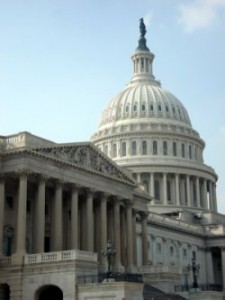U.S. Sees Lowest Unemployment Rate in Four Years, Adds 146K Jobs

The effects of Hurricane Sandy were much smaller than many predictions but there remained some signs of its passing. Construction employment fell by 20,000 in November and weather prevented 369,000 from finding work though these workers were still considered employed. Since July, the economy has added 158,000 jobs per month; an average gain of 12,000 jobs over the year.
The sustained job growth suggests that hiring is not being put off in the face of the looming fiscal cliff that would lead to widespread tax increases and spending cuts next year. Indeed, retailers added 53,000 jobs to their payrolls while temporary help companies, health care, and education companies gained 18,000 apiece. However, manufacturing jobs fell by 7,000 precipitated by the loss of 12,000 jobs by now-bankrupt Hostess.
The U.S. economy recorded an annual growth rate of 2.7 percent during Q3 2012 but that rate is expected to slow to 1.5 percent for Q4 due to the storm and threats of the fiscal cliff. That growth will be insufficient for lowering the unemployment rate further. Sandy also held back consumer spending which fell in October while interruptions by the storm lowered wages by about an annual $18 billion. But the economy is expected to accelerate if Congressional efforts are successful at avoiding the fiscal cliff and once rebuilding efforts begin in the Northeast.
Â

